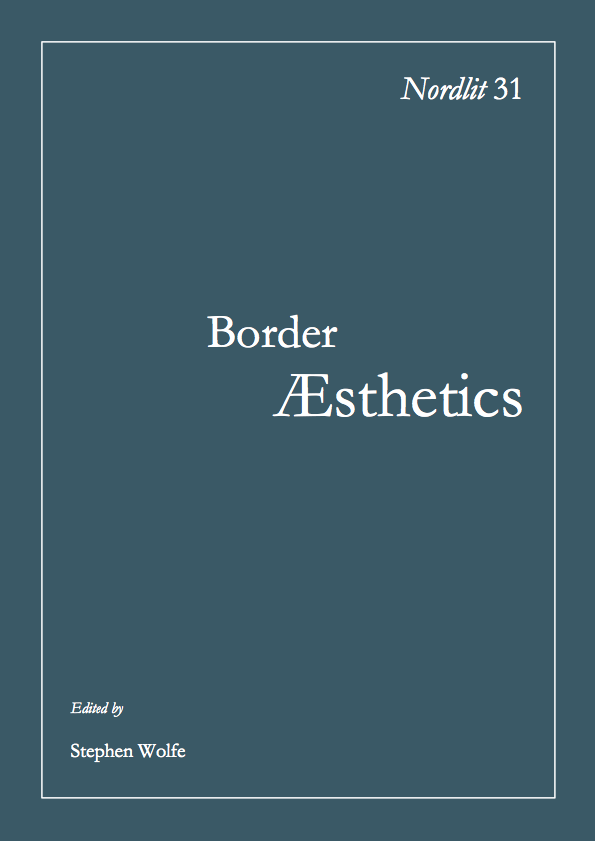Killing King Kong: the camera at the borders of the tropical island, 1767-1937
DOI:
https://doi.org/10.7557/13.3060Keywords:
island, South Seas, border aesthetics, camera, cultural contact, perception, anthropology, tourismAbstract
This paper discusses the role of the border of the island as a complex aesthetic zone in the journals of early European and American navigators in the South Seas (such as George Robertson, James Cook, Benjamin Morrell and Charles Wilkes) and in 1920s/1930s American films set on tropical islands. The fascination of the early explorers’ descriptions of islands as viewed from the water, across a distance that is physical as much as cultural, resides in the entanglement of perception, expectation and imagination that marks these journeys as both intense and profoundly uncertain visual experiences. In the 1920s, US-American representations of tropical islands gained new currency as American tourists trooped to the South Seas.
As I argue, the strong visuality of the early accounts is one of the reasons why cinema could so readily pick up on them. In films like White Shadows in the South Seas (1929) and The Hurricane (1937), the imaginative transformation in the gaze from the water is associated with the camera as it explores the island in lateral tracking shots. These films cast a critical look on contemporary Western enthusiasm for ‘exotic’ cultures and locations in which they nevertheless participate. Resonating with contemporary anthropological and documentary film practices, emphasizing authentic representation of native cultures (Malinowski and Flaherty, respectively), they nevertheless point to the camera’s own crossing of the island’s border as an act of appropriation.
This appropriation becomes explicit in King Kong (1933) as, armed with cameras and guns, the diegetic film crew violently crosses the borders of/on the island. Significantly, it is only after Kong’s death at the highest point of another island (Manhattan) and at another border, now between land and sky, that he fascinates the masses as an aesthetic spectacle. The film, then, meditates on the relations between border crossing, death and the production of aesthetics.
Downloads
Published
How to Cite
Issue
Section
License
Forfattere som publiserer i dette tidsskriftet aksepterer følgende vilkår:
- Forfattere beholder copyright og gir tidsskriftet retten til første publisering samtidig som verket lisensieres med en Creative Commons Attribution 4.0 International lisens som tillater andre å dele verket, forutsatt at verkets forfatter og første publisering i tidsskriftet erkjennes.
- Forfattere kan inngå separate, ikke-eksklusive avtaler om annen distribusjon av tidsskriftets publiserte utgave av verket (f.eks. egenarkivering i et vitenarkiv eller publisering i en bok), så lenge førstepubliseringen i tidsskriftet erkjennes.
- Forfattere tillates og oppmuntres til å gjøre verket tilgjengelig på nettet (f.eks. i et vitenarkiv eller på andre nettsider) før og under innlevering, da dette kan lede til nyttige menings- og kunnskapsutvekslinger og til tidligere og mer sitering av det publiserte verket. (Se The Effect of Open Access).









